UK conductor is the force behind San Diego’s new hall
mainThe San Diego Symphony is about to get a new hall:
The San Diego Symphony announced today that construction will begin in September on its highly anticipated permanent bayside concert venue to be located in the Port of San Diego’s Embarcadero Marina Park South on the San Diego Bay with the first concerts scheduled for summer 2020. The new upgraded park and venue will feature a permanent, highly innovative, architecturally striking and acoustically superior outdoor stage.
Behind the stage is a British consortium called Soundforms, founded by the conductor Mark Stephenson. The stage it will build in San Diego is a scaled-up version of the one used at the London 2012 Olympic Park. It will accommodate up to 150 musicians and chorus.
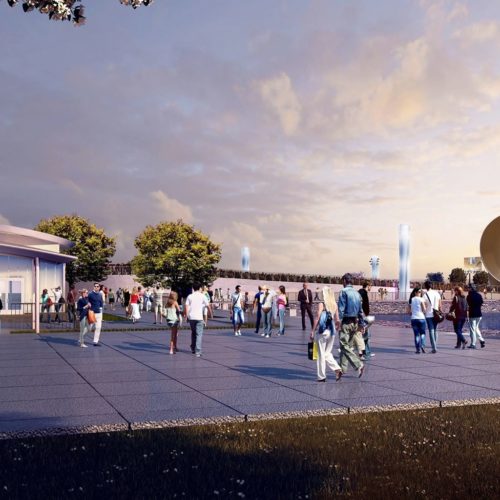
Well done, Mark.
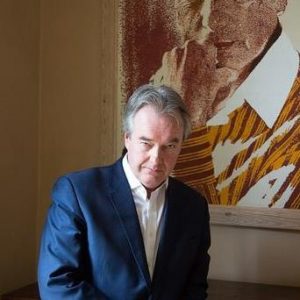

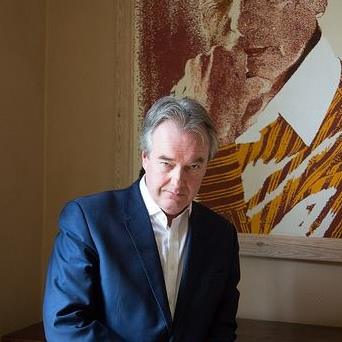
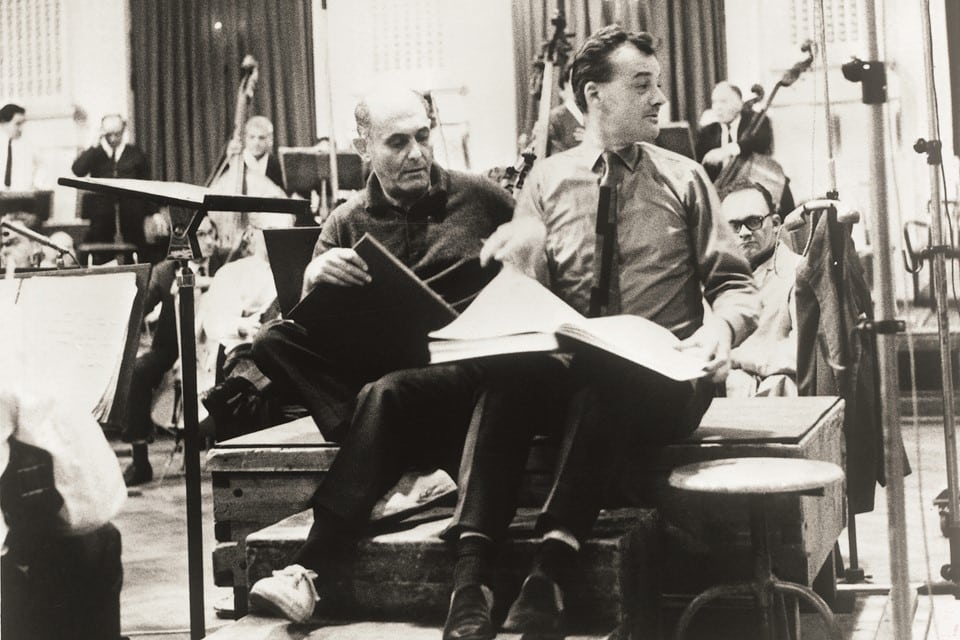
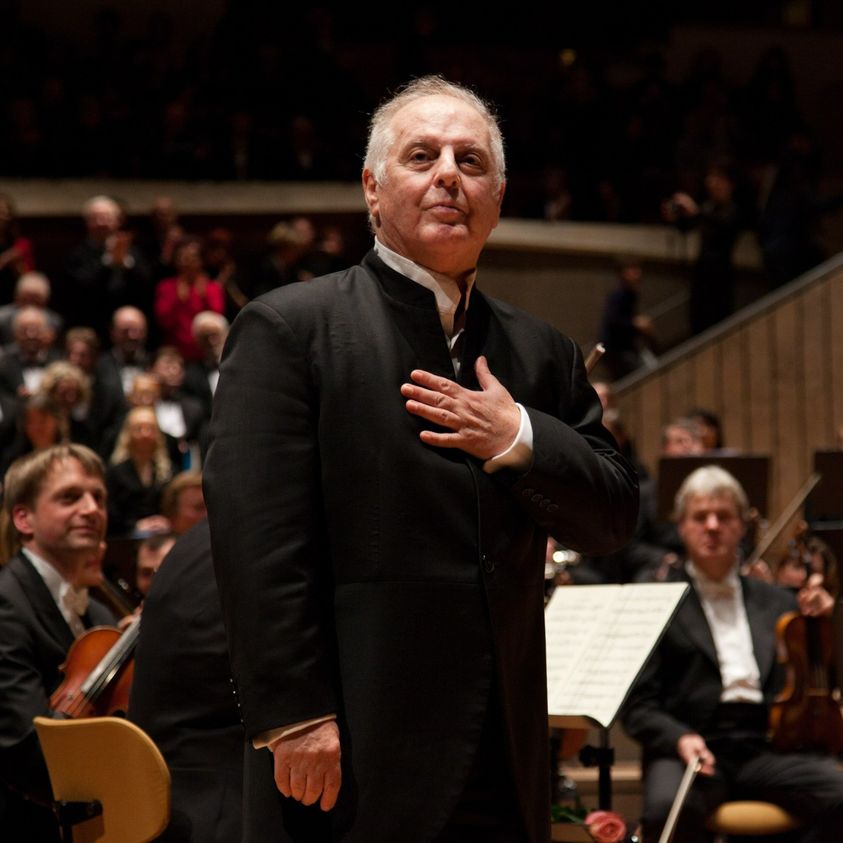
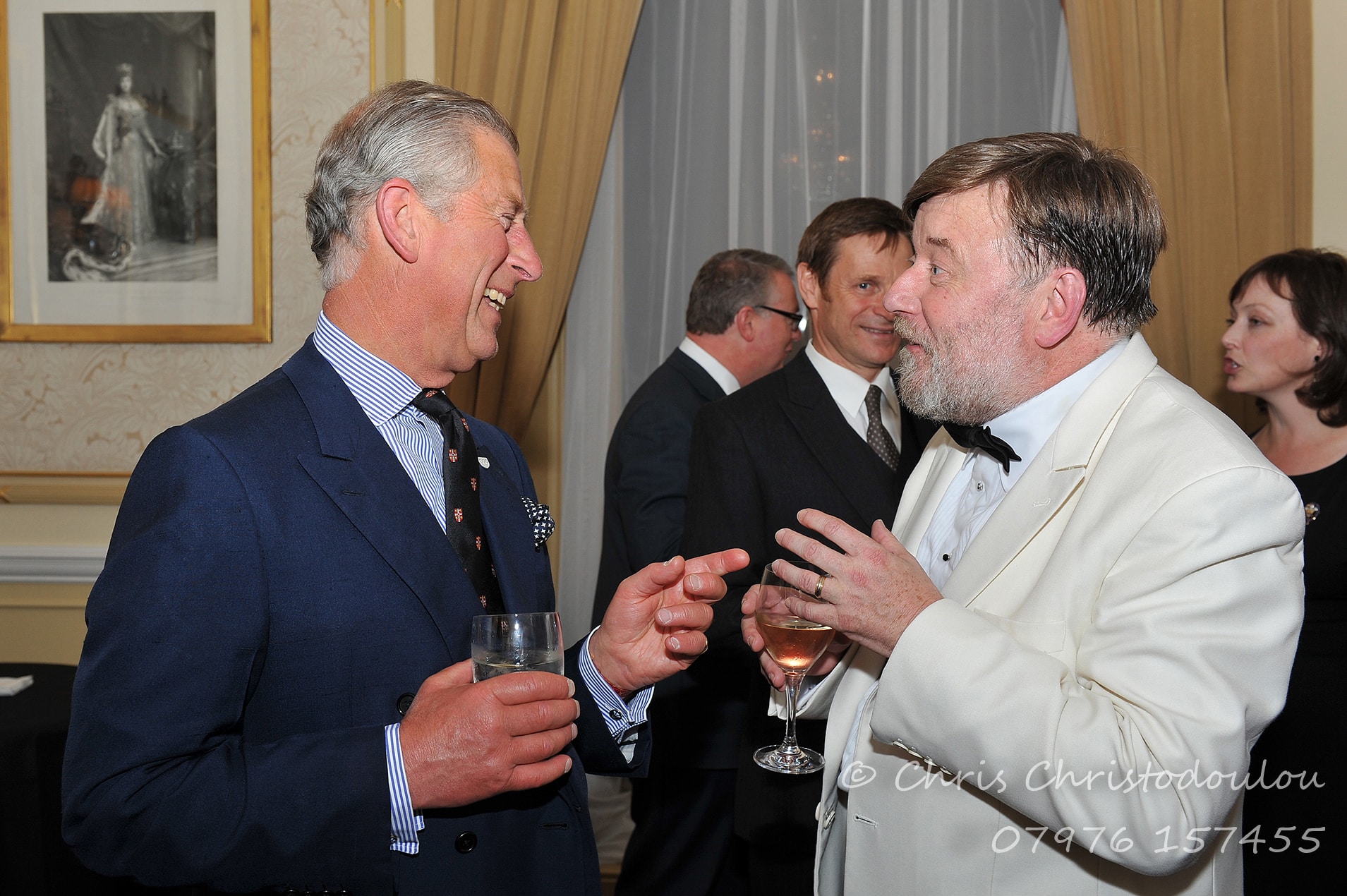
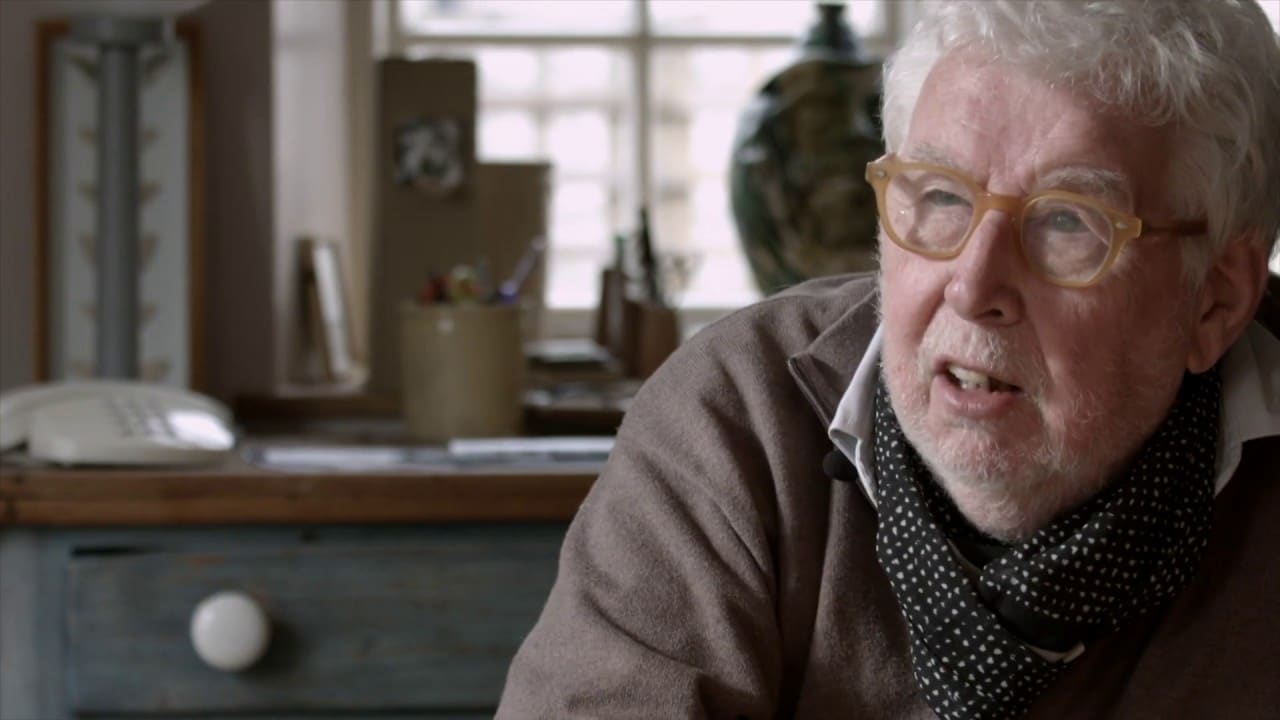
“The new upgraded park and venue will feature a permanent, highly innovative, architecturally striking and acoustically superior outdoor stage.”
Outdoor acoustics are always subject to weather conditions so any attempt at ‘perfection’ sounds rather hollow. And ‘highly innovative, architecturally striking’ does suggest the worst.
its in San Diego; 12 inches of rain in a year, cloudless skies, warm weather
Maybe we should be relieved it doesn’t double as a football stadium……
“Acoustically superior” does not imply an “attempt at perfection.”
Thank you Soundforms for this wonderful design. Perhaps you can re-post the image showing the stage. The image as shown is the box office and entrance plaza.
Martha. Soundforms is proud to be associated with the Symphony’s Bayside Park, as designers of the stage enclosure (Performance Shell). We have no control over how your San Diego visualisation is posted by third parties. We have on occasions found that the best way to ensure the Performance Shell is seen full view, is by publishing it centre picture. As architects and designers find when opening websites on different devices (phones etc), this can sometimes prove to be an issue. In the case of Slipped Disc, it is probably assumed that readers will be enticed to open the full article, which displays the full picture. A “postcard” for San Diego, as has been suggested in previous SDSO press releases.
This is a total waste of money. This outdoor venue is to be used for the San Diego Symphony’s Summer Pops series. That series features 90% non-classical garbage. Actual examples from a few years ago include: “Tux ‘N Tennies Summer Bash Starring Toni Braxton”; “Kool & the Gang Get Down On It”; “Abba-Mania”; “Distant Worlds–Music from Final Fantasy”; “Michael Cavanaugh Sings the Music of Elton John”; “Sha Na Na–40th Anniversary Celebration”; “Burt Bacharach–The Look of Love”; and “Leann Rimes.” They would be better served to take the money that would have been spent on the new outdoor venue and use it for educational outreach in a city, the population of which is now well over 50% black and Latino, where most young people have absolutely no exposure to real classical music.
Unfortunately the only orchestral concerts that are 100% sold are film and non-classical. Many orchestras – particularly in the US – do these concerts largely because they need the income that comes with playing film, videogame, and rock/musicals/pop music.
We live in a world where most people under 40 cannot sit for 1 hour through a Mahler Symphony, but can take 2 hours of film nonsense. People from the last 2 generations have grown with internet and immediate access to information and cannot abstract from the stimuli of the screen. That is why they can take film music and not concert music.
I did an experiment once. I played my students Atmospheres, Zarathustra, Lux Aeterna, and the Requiem without telling them anything about the music or the film. I only got a bit of a reaction from Richard Strauss, as some of the students remember the music from movies and advertising. No-one really cared about the other pieces. They watched the movie and then I played the music again. The response to the music was enthusiastic, and they were capable of talking more about the music I had played again… but only because they associated it with the story of the film!
KRoss. Your points around short attention spans and the explosion of live orchestra screenings are bang on right. Its interesting historically that in times gone by, classical music concerts would last for a number of hours. The Royal Albert Hall now has a series dedicated to live orchestra screenings. Some of the top orchestral musicians have always inhabit the recording studios for film, TV and Pop. In the 1980’s the UK inherited the highly successful US subscription concert model, which has resulted in sold out concerts all year round at our main concert halls. However, subscription has a downside, it locks out new and younger audiences. The BBC Promenade Concerts is probably the most successful concert series in the world, on average 120,000 tickets sold annually. We are seeing a much wider variety of musical genres featuring in the Proms Festival, some people are up in arms at any encroachment on purely classical music content.
Michael B. The first classical music concert my parents took me to was an open-air concert at the Kenwood Bowl, Hampstead, London. As a curious tot I wandered through the picnics down to the Lake to get closer to the orchestra and I fell into to the water! There are many families around the world who love open-air concerts. 75,000 attend the Last Night of The Proms in the Park in London. These audience numbers are impossible to achieve inside a concert hall on one night and many who attend rarely set foot inside concert halls, so its a great opportunity to expose them to classical music. The management business model for sustaining an orchestra depends on diversification, including recording film music and backing tracks for Pop singers and bands. The SDSO’s business model for its Summer Pops Festival depends on it presenting a wide range of music, for it to be sustainable. Education & Outreach work is the sine qua non of any self-respecting and successful arts organisation, including orchestras, no doubt the SDSO already pours resources into its work in the local community. As a postcard for San Diego the SDSO’s Bayside Performance Park is likely to attract new visitors, good for the local economy. A win-win all round.
I am uncertain how Norman’s term “hall’ can be applied to the unenclosed outdoor “concert venue” that the San Diego Symphony’s announcement simply describes as an “outdoor stage.”
A curator of a leading arts festival in Europe has recently described Soundforms Performance Shells as “beautiful sculptured objects”. They are intended as a step-jump improvement aesthetically and acoustically on what is normally available – transparent, tented, outdoor stages. It will be down to the General Public of San Diego and the Symphony to decide whether it meets with their vote of approval. The London design team hopes so!
Congratulations to Mark. Looks like a fabulous venue for the city!
Sadly, the log never rolls back your direction.
This entry fails to note the designer of the venue. It is Tucker Sadler Architects of San Diego.
The San Diego architectural practice Tucker Sadler is the designer of the SDSO Bayside Performance Park (The Venue). The Soundforms consortium in London are the designers of the stage enclosure (The Performance Shell). Tucker Sadler endorsed the orchestra’s decision to incorporate a Soundforms Performance Shell. The Soundforms team in London has worked closely with the architectural team in San Diego and the orchestra’s management over the last few years. The London team is proud to be associated with the San Diego Bayside Performance Park as designers of the stage and very much looks forward to the opening in July 2020.
There is nothing more able to ruin a new concert hall than an acoustics engineer. Cyril Harris ruined everything he touched. He started out guessing, and never improved. I predict it will be an acoustic disaster requiring years of fixing. It infuriates me, because in all my musical life, I have been denied the opportunity of hearing an orchestra in a beautiful acoustic setting. The best I could do was the old Academy of Music in Philadelphia. At least there I could hear all the details in the music. Avery Fisher Hall was second best and that’s not saying much.
Kolb Slaw. I would tend to agree with you that for indoor concert venues it’s hard to beat the good old rectangular box, the Wigmore Hall, London and the Musikverein, Vienna being stand-out examples. I would strongly recommend attending the Boulez Salle, Berlin, which by all accounts is a superb in-the -round concert experience. The architects and acousticians of the Soundforms Performance Shell designed the Sage, Gateshead and the Dora Stoutzker Hall at the Royal Welsh College of Music & Drama, Cardiff, which are both excellent acoustically. The aim of the Soundforms consortium has been to provide a step-jump improvement aesthetically and acoustically for open-air orchestral concerts, for which it has won awards in Chicago and Prague. The improvement revolves around providing a more rewarding on-stage acoustic environment for the orchestra itself and for live broadcast purposes, improved forwards projection of natural sound towards the audience. The San Diego Symphony, its architects and its project team have opted to incorporate a Meyer Sound “Constellation” system, to accommodate the wide range of musical genres presented in its Summer Pops series, not just Symphonic. A small size prototype Soundforms Acoustic Shell (18 musicians on stage) was test launched in London with the London Philharmonic, which incorporated an array of acoustic panels inside the shell. An electronic sound system was put on standby at the test, but it was proved unnecessary to switch it on for natural sound projection towards the open-air audience of 1000. The highly customised, upsized, performance shell for San Diego needs to reach audiences 3,000-10,000, hence the state-of-the-art Meyer Sound system. No-one is suggesting there is an acoustic comparison between the indoor and outdoor concert experience. However, the open-air concert experience is extremely popular around the world and orchestras like the San Diego Symphony wish to enjoy performing inside much finer open-air enclosures than are currently available. As a permanent structure, a more aesthetically appealing structure than standard transparent tented enclosures has been specially designed. We hope the general public of San Diego will take pride in its Bayside Performance Park, which is likely to become a postcard around the world.